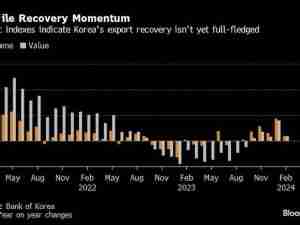Data gathered by Learnbonds.com indicates that revenue from the Chinese retail trade of precious metals has dropped by 47%. The slump in revenue from the trade of gold, silver, and jewelry mainly occurred between January and March this year.
Coronavirus control measures fuel decline in revenue
According to the data, by the end of March 2020, the revenue was $2.08 billion (14.72 billion yuan) while revenue for January and February combined was $3.92 billion (27.72 billion yuan). This was a growth of 3.4% from December 2019’s $3.79 billion (26.79 billion yuan).
In March last year, the revenue was $3.09 billion (21.82 billion yuan), which declined to $2.62 million (18.55 billion yuan). At the end of May, the income bounced back to $3.11 billion (22.01 billion yuans) which later slightly dropped to $3.08 billion (21.79 billion yuan) in June. July recorded the lowest revenue in 2019 at $2.47 billion(17.49 billion yuan).
The figures later rose to $3 billion (21.24 billion yuan) in August. In September, October, and November the revenue stood at $2.89 billion (20.47 billion yuans), $2.81 billion (19.86 billion yuan) and $3 billion (21.2 billion yuans) respectively.
The declining revenue at the start of this year is one of the direct impacts of the Coronavirus pandemic when China was placed on lockdown. As a result, most retail centers like malls closed down in a bid to curb the spread. According to the report:
"Many experts believe unless the coronavirus pandemic has been fully contained, there won’t be any physical demand for precious metals in China. It’s a blow to many retailers as they had stocked precious metals in January."
The data also overviewed countries with most gold reserves and China occupies the seventh position globally with 69.24 million ounces. The United States holds the top spot with 296.87 million. Other top gold holders include Germany (118.67 million ounces), IMF (99.24 million ounces), Italy (86.47 million ounces), France (85.91 million ounces), Russia (89.36 million ounces), Switzerland (36.67 million ounces), Japan (26.97 million ounces) and India (22 million ounces).







